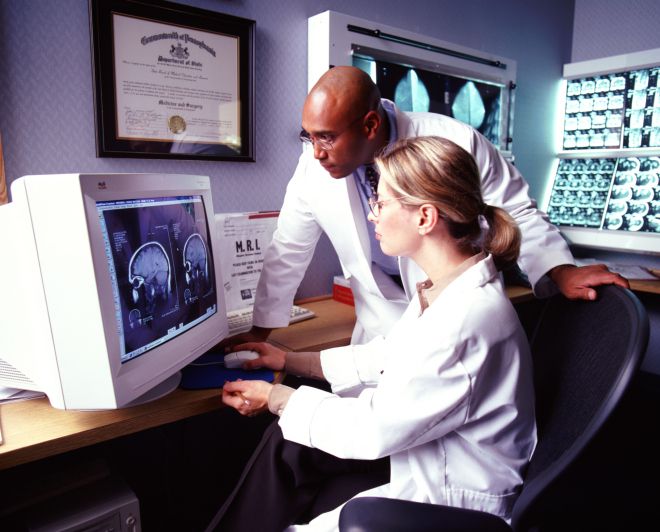It is well known that violent individuals are often themselves the victims of psychological trauma experienced in childhood. Some of these individuals also exhibit alterations in their orbitofrontal cortex. But is there a connection between these physical changes in the brain and a psychologically traumatic childhood? Can one’s experiences modify the physical structure of the brain?
An EPFL team led by Professor Carmen Sandi, member of the National Centers for Competence in Research SYNAPSY, has demonstrated for the first time a correlation between psychological trauma and specific changes in the brain that are related to aggressive behavior. In rats, the experience of pre-adolescent trauma led to aggressive behavior accompanied by structural and functional changes in the brain – the same changes that have been observed in violent human beings. In other words, psychological wounds inflicted in childhood leave a lasting biological trace that persists in the adult brain. The team’s findings have been published in the January 15 edition of the journal Translational Psychiatry.
“This research shows that people exposed to trauma in childhood don’t only suffer psychologically, but their brain also gets altered,” explains Sandi, who is head of EPFL’s Laboratory of Behavioral Genetics and director of the Brain Mind Institute. “This adds an additional dimension to the consequences of abuse, and obviously has scientific, therapeutic and social implications.”
Remarkable results
The researchers were able to unravel the biological foundations of violence using a cohort of male rats that were exposed to psychologically stressful situations when young. After observing that these experiences led to aggressive behavior when the rats reached adulthood, they examined what was happening in the animals’ brains to see if the traumatic period had left a lasting mark.
“In a challenging social situation, the orbitofrontal cortex of a healthy individual is activated in order to inhibit aggressive impulses and to maintain normal interactions,” explains Sandi. “But in the rats we studied, we noticed that there was very little activation of the orbitofrontal cortex. This, in turn, reduces their ability to moderate their negative impulses. This reduced activation is accompanied by the overactivation of the amygdala, a region of the brain that’s involved in emotional reactions.” Other researchers who have studied the brains of violent human individuals have observed the same deficit in orbitofrontal activation and the same concomitant reduced inhibition of aggressive impulses. “It’s remarkable; we didn’t expect to find this level of similarity,” says Sandi.
Antidepressants and cerebral plasticity
The scientists also measured changes in the expression of certain genes in the brain. The neurobiologists focused on genes known to be involved in aggressive behavior for which there are polymorphisms (genetic variants) that predispose carriers to an aggressive attitude. They looked at whether the psychological stress experienced by the rats caused a modification in these genes’ expression. “We found that the level of MAOA gene expression increased in the prefrontal cortex,” says Sandi. This alteration was linked to an epigenetic change; in other words, the traumatic experience ended up causing a long-term modification of this gene’s expression.
Finally, the researchers tried to see if an MAOA gene inhibitor, in this case an antidepressant, could reverse the increase in aggressive behavior induced by the juvenile stress. The treatment was effective. The team will now concentrate its efforts on trying to better understand these mechanisms, and explore whether a treatment could possibly reverse these changes in the brain, and above all, to shed light on whether some people are more vulnerable than others depending on their genetic makeup. “This research could also reveal the possible ability of antidepressants – an ability that’s increasingly being suspected – to renew cerebral plasticity,” says the professor.











